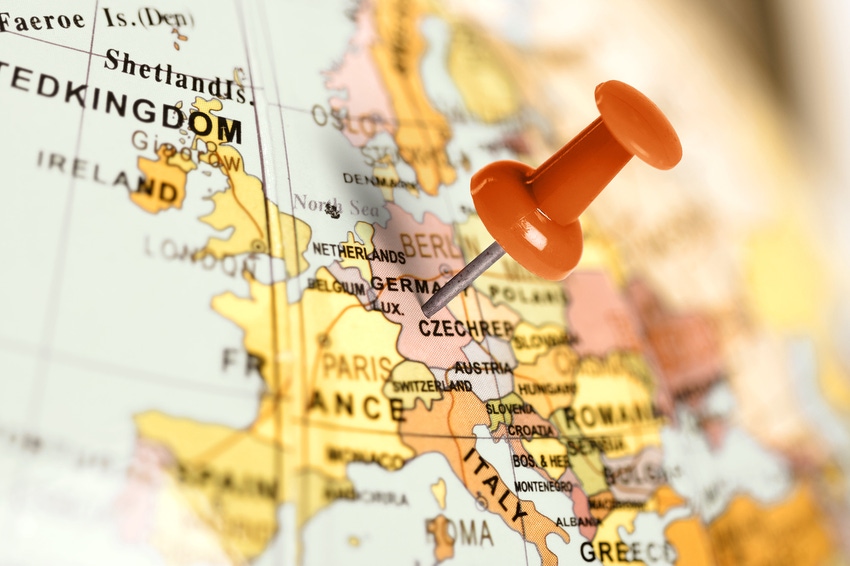A report by German regulator Bundesnetzagentur claims over half the country is now covered with 5G infrastructure, primarily in urban areas.
December 13, 2021

A report by German regulator Bundesnetzagentur claims over half the country is now covered with 5G infrastructure, primarily in urban areas.
This has been achieved by utilising a combination of the 3.6 GHz spectrum, which was auctioned off in 2019 for exclusive use for 5G, and Dynamic Spectrum Sharing initiatives by Telekom and Vodafone, which allows existing 4G infrastructure to be used for 5G according to demand.
The report also states that as of the end of October, 96% of the country had 4G coverage, while the shutdown of 3G is almost complete, reduced to 13.3% coverage.
The closing of 3G networks in Germany began at the start of this year, and was designed to free up spectrum to that it can be used for 4G and 5G instead. Telekom and Vodafone have entirely shut off their 3G offerings, while Telefónica is expected to do the same by the end of the year.
The report is keen to state that this move has not cut people off from connectivity: “Turning off the 3G network has not had a negative effect on the coverage situation. The proportion of the country affected by white and grey spots has fallen and is now about 3.9% for white and about 6.8% for grey spots. White spots are places where there is no mobile broadband available. In grey spots, only one network operator offers mobile broadband. The share of dead spots, where there is no mobile coverage at all, has also fallen slightly to 0.36%.”
By comparison in the UK, an Ofcom report from earlier this year claimed 92% of the UK had 4G coverage, which is expected to rise to 96% by the end of 2026.
However, we are awaiting Ofcom figures for 5G coverage. As the Summer 2021 ‘Connected Nations Update’ stated: “We are still in the early stages of 5G rollout, so we will not be reporting on 5G coverage in this update. We continue to work with mobile network operators to establish how best to evaluate and report on 5G coverage which we intend to publish for the first time in our December 2021 report.”
Meanwhile the UK’s 3G networks are also set for retirement, but for reasons that have a more political flavour. Earlier this month the Department for Digital, Culture, Media and Sport issued a press release stating a commitment to switch off 2G and 3G by 2033, in order to make way for 5G and 6G, and to ‘open up competition’.
The announcement came ahead of a meeting between Digital Secretary Nadine Dorries and US Secretary of Commerce Gina Raimondo, where they discussed ‘shared ambitions and co-operation on transatlantic data policy’. The government claimed Vodafone, EE, Virgin Media O2 and Three will switch off public 2G and 3G networks in order to increase the security of telecoms supply chains and make way for 5G and 6G by freeing up spectrum.
Unlike in Germany, where it seems 3G networks will be gone by the end of the year, the UK’s ‘commitment’ of a 2033 shut off date is so far away it seems almost arbitrary to announce it.
Since the statement was also tied up with government funding for the highly politized OpenRAN, coupled with its timing ahead of the state visit, it has been pointed out this may have had less to do with anything technically telecom related, and more to do with the UK government making a show to the US that it is singing from the same geopolitical security hymn sheet.
Get the latest news straight to your inbox. Register for the Telecoms.com newsletter here.
About the Author(s)
You May Also Like







.png?width=300&auto=webp&quality=80&disable=upscale)

.png?width=300&auto=webp&quality=80&disable=upscale)

_1.jpg?width=300&auto=webp&quality=80&disable=upscale)


.png?width=800&auto=webp&quality=80&disable=upscale)